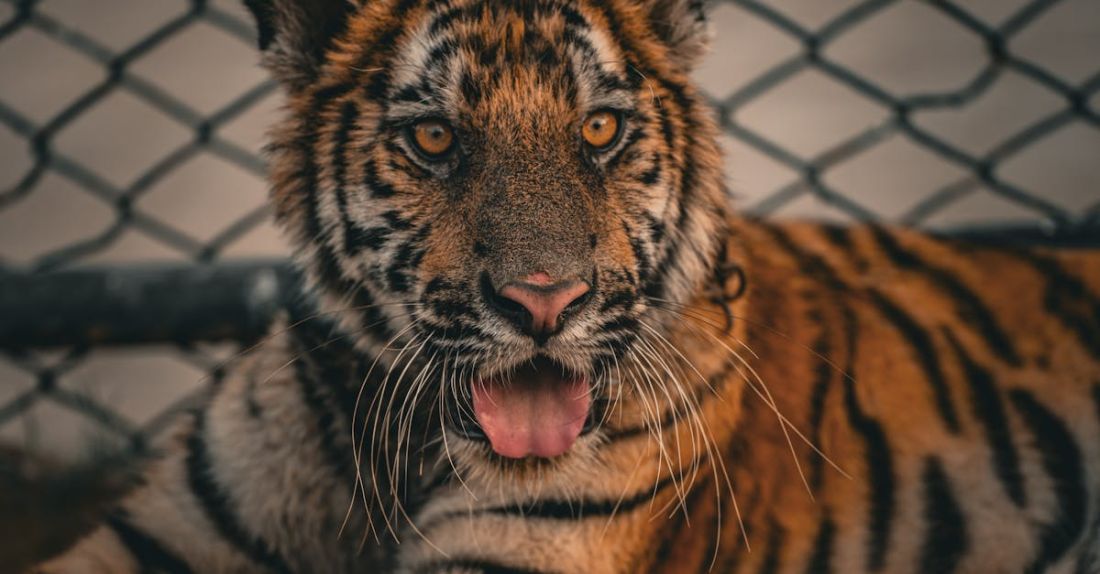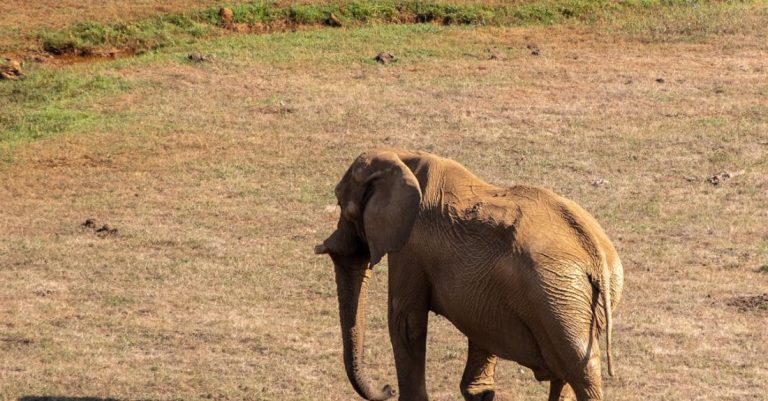
The Big Five animals, consisting of the African lion, African elephant, Cape buffalo, African leopard, and rhinoceros, are some of the most iconic and sought-after species in the world. These majestic creatures have long captured the fascination of wildlife enthusiasts and conservationists alike. However, their populations have faced significant threats over the years, leading to varying conservation statuses for each species.
African Lion:
The African lion (Panthera leo) is classified as vulnerable on the IUCN Red List. The primary threats to lion populations include habitat loss, human-wildlife conflict, and poaching. Lions are also often targeted by trophy hunters, further endangering their numbers. Conservation efforts focused on protecting lion habitats, mitigating conflicts with local communities, and implementing anti-poaching measures are crucial for the long-term survival of this iconic species.
African Elephant:
The African elephant (Loxodonta africana) is listed as vulnerable to endangered, depending on the specific subspecies and region. The main threats to elephants include poaching for ivory, habitat destruction, and human encroachment. Efforts to combat poaching, strengthen anti-trafficking laws, and establish protected areas are essential for safeguarding these intelligent and gentle giants.
Cape Buffalo:
The Cape buffalo (Syncerus caffer) is classified as least concern on the IUCN Red List. Despite being the most abundant of the Big Five species, Cape buffalo populations are not immune to threats such as habitat loss and disease outbreaks. Conservation measures that focus on habitat preservation and disease management are vital for ensuring the continued well-being of these formidable animals.
African Leopard:
The African leopard (Panthera pardus) is considered near threatened to vulnerable, depending on the region and specific population. Leopards face threats from habitat loss, human-wildlife conflict, and illegal wildlife trade. Protecting leopard habitats, reducing human-leopard conflicts, and enforcing anti-poaching laws are critical for preventing further declines in leopard numbers.
Rhinoceros:
The rhinoceros, comprised of the black rhino (Diceros bicornis) and the white rhino (Ceratotherium simum), is among the most critically endangered of the Big Five species. Both black and white rhinos are targeted by poachers for their horns, which are highly valued in traditional medicine and illegal wildlife trade. Intensive anti-poaching efforts, community involvement in conservation, and translocation programs are essential for saving these magnificent creatures from the brink of extinction.
Conservation Challenges and Future Prospects:
Despite ongoing conservation efforts, the Big Five species continue to face numerous challenges that threaten their survival. These challenges include habitat loss, poaching, human-wildlife conflict, and climate change. To address these issues effectively, a multi-faceted approach that involves local communities, governments, NGOs, and international agencies is crucial.
Collaborative conservation initiatives that prioritize habitat protection, anti-poaching measures, community engagement, and sustainable tourism can help secure a brighter future for the Big Five and the ecosystems they inhabit. By raising awareness, mobilizing resources, and implementing targeted conservation actions, we can ensure that future generations will continue to marvel at the beauty and diversity of Africa’s iconic wildlife.





